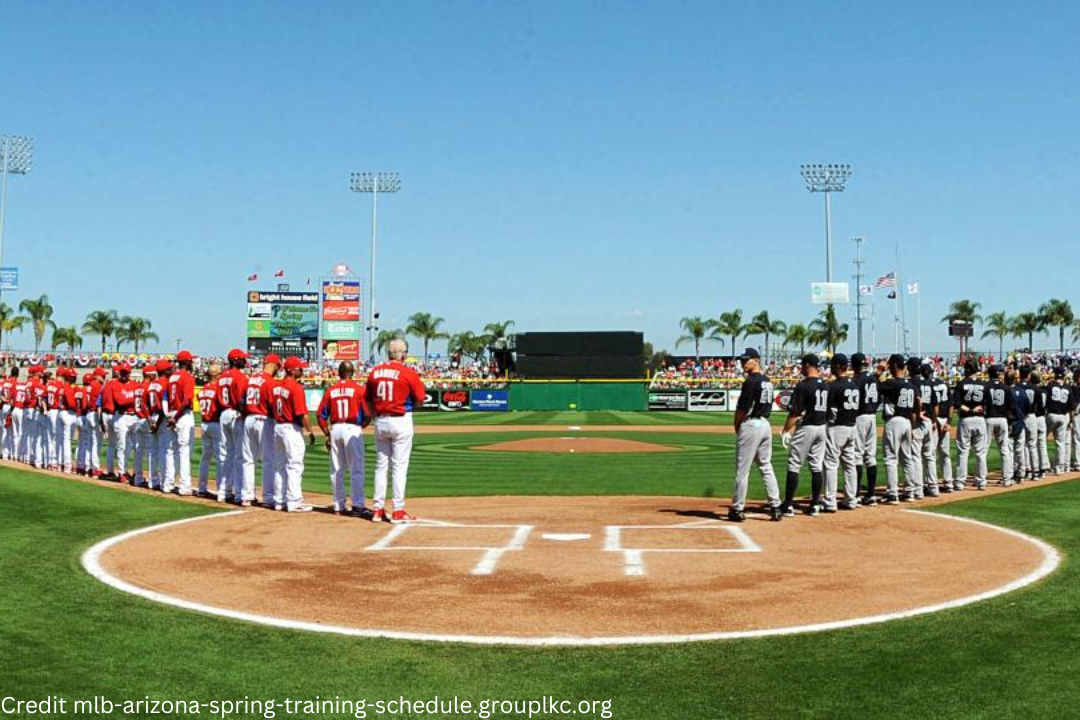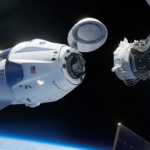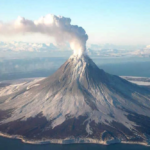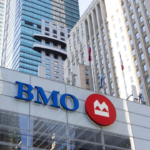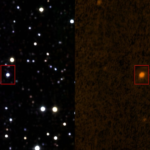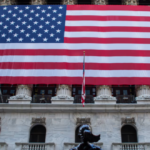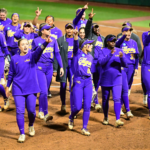A popular subject throughout the first few days of Spring Training has been Major League Baseball’s new uniforms, which will be replaced with Nike Vapour jerseys when they become official in 2024.
However, the adjustments have taken a while to come about.
The league has been working on these uniform improvements for the past six years, obtaining feedback from players and teams in an effort to maximise the performance of the jerseys.
MLB (Major League Baseball) players and fans are incensed about the new jerseys
The MLB started collaborating with Nike and Fanatics on the jerseys in the spring of 2018. Majestic had been producing the uniforms since 2005. The process of completely altering the jerseys was not undertaken lightly; in fact, it was the most meticulous in the history of the league.
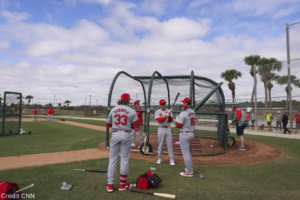
The method of choice for determining players’ body types for years, tape measurements, was no longer in use. Major League players could now be outfitted with more accurate uniforms thanks to Nike’s introduction of body scan technology.
Nike set out to make jerseys that would satisfy players’ demands and preferences, specifically for lighter, more breathable, and better-fitting uniform tops.
The new uniforms were to be designed by Nike, and the jerseys would be made by Fanatics, which had purchased Majestic in 2017, at the same factories that had been producing Majestic’s jerseys for a number of years. Denis Nolan, Senior Vice President of Global Consumer Products at MLB, stated that continuity was crucial.
After purchasing Majestic and its MLB uniform manufacturing facilities in Easton, Pennsylvania, which have been producing player uniforms for almost 20 years, Fanatics has been able to produce uniforms of the highest calibre, which include all City Connect gear since 2020 and every MLB on-field jersey bearing the Nike logo, according to Nolan.
In the final months of the 2018 season, Nike scanned the bodies of over 300 players to track how they were dressing in jerseys.
The MLB Authentic Collection/Global Consumer Products Vice President, Stephen Roche, remarked, “It was a very technological approach to outfitting players.” “Everything was based on performance.”
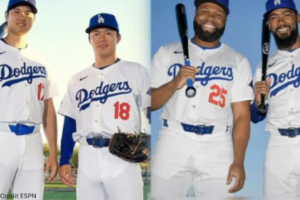
Nike experimented with several moisture-wicking materials in an effort to find a lighter option that would yet provide superior performance on the field. Four or five clubs tested jerseys with various fabrics and sleeve styles over the next Spring Training, giving MLB and Nike input along the way. Several teams experimented with alternative jerseys in the latter stages of the regular season, following their elimination, allowing players to try them out in bullpen sessions and workouts.
The jersey had lighter fabric for the letters, numbers, and patches. – required because of the uniform’s slimmer body and performance-driven material. The days of large, embroidered numerals, letters, and patches were over, and were replaced with leaner, more effective alternatives.
The clubs had an opportunity to view the new outfits up close when the jerseys were on display. The MLB Players Association viewed the uniforms later that year as part of their review procedure.
A person with knowledge of the discussion claims that certain MLBPA members voiced a few minor complaints about the uniforms, but none of them had to do with the present problems
Read More Articles
Preview: Brighton & Hove Albion vs. Everton: lineups, team news, and prediction
ABN AMRO Open vs. Denis Shapovalov preview, head-to-head, forecast, odds, & selection
MWC Basketball Reno vs. Nevada Picks, Lineups, and Strategies – February 9
Not only was the substance distinct, but the hues were also more consistent. No, the clubs hadn’t altered their colours, but all of the colours on the uniform, including the patches, emblems, lettering, and numbers, would match precisely because of Nike’s standard colour scheme and the efforts of MLB’s design services team. In the past, the usage of many sub-manufacturers for twill, cloth, and patches may have resulted in tiny variations in some tints.
According to Roche, “all of that was a part of the process being tightened up.” Clubs had the ability to approve how everything fit the official Nike colour scheme. It was our first time wearing a uniform.
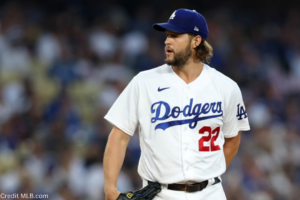
where every colour matched the headgear and the colours used on the pitch perfectly. Though they weren’t exact, they had always been close. They are now.
The epidemic caused MLB and Nike to reschedule the introduction of the new jerseys from 2023 to 2024 in order to ensure that no detail was overlooked.
The Fanatics staff measured and fitted every player last spring as part of an annual process to guarantee that the jerseys fit properly for the forthcoming campaign. Fanatics also used those 2023 fits to develop a database for every player, giving them a head start on 2024, in anticipation of the Nike jerseys being introduced to MLB in 2024.
Players gave the new Nike jerseys, which offer 25% more flexibility and dry 28% faster than their predecessors, positive feedback when they made their debut in the 2023 All-Star Game in Seattle.
